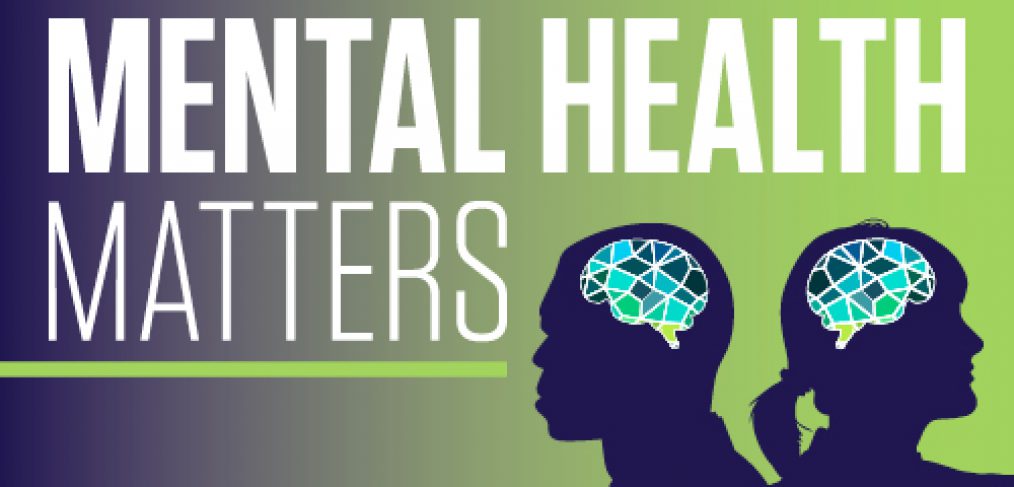Energy contributes to our happiness, health and overall productivity, but we often find ourselves with far too little of it. For those who endlessly rely on caffeine or simply feel exhausted all the time, learning to monitor energy levels and mindfully care for daily needs can be a game changer.
Start by taking your energy “temperature” at several points throughout the day. Notice when you have the lowest and highest amounts of energy, and identify the interactions or events that affect you the most. Next, set a realistic goal to manage an area that regularly drains your energy. For example, if your to-do list is a constant source of stress and distraction, aim to cross off one task that feels manageable. When that is finished, take a break if needed and then start on a new goal. It helps to plan your goals around your internal clock. Pay attention to when you tend to have the most energy and take advantage of those moments.
You can also use the following five tips to increase your energy and live a happier, healthier life.
- Care for your body. This means eating healthy foods, prioritizing sleep and getting regular exercise. A balanced diet of protein, fruits and vegetables, dairy and whole grains is just as essential to reaching optimal energy levels as getting at least seven or eight hours of sleep. Meanwhile, frequent exercise will relieve stress, boost your endurance and fight off feelings of sluggishness.
- Focus on what means the most. Take a moment to remember what fills you with passion and joy. Make time every day to pursue that hobby or get involved with your community, and bring meaning into your routine. It can be as simple as trying a new recipe or spending time in nature.
- Surround yourself with good people. Have you ever noticed the way some interactions drain you while others energize you? Maximize the time you spend with people you actually enjoy. Individuals who focus on positivity and authenticity or who share common interests with you will recharge you. Be selective when it comes to the relationships you prioritize.
- Avoid burning out on bad news. Keeping up to date on current events is important, but too much can leave you with a negative perspective on the world. If you begin to dwell on your worst fears or recognize other signs that the news is affecting your mental health, set boundaries. You can stay informed while still controlling your intake. The goal is not to lose sight of the goodness around you.
- Spread kindness. Having compassion for others is a great way to connect with the world and feel energized. The simple act of smiling at a stranger and wishing them well can help you focus on the positive and avoid judging yourself or others. You can take this even further by performing small acts of kindness to build up your community.
By committing to these healthy habits, you can build up your energy and happiness at the same time. If you start sliding back into sluggishness and exhaustion, step back and take your energy temperature again. While you may never be perfect, you can always grow and develop. Best of all, you can get started right now by putting these tips into practice!
If you find yourself needing additional support, help is available. Dallas ISD’s confidential, secure Employee Assistance Program by LifeWorks has countless health and wellness resources available online and requires no contributions. From on-call counselors to practical tips on subjects like depression, communication and relationships, employees can find what they need, when they need it.
Contact LifeWorks at (972) 925-4000 or visit www.dallasisd.org/benefits and click on Benefits Resources to access online EAP information.
Source: Mayo Clinic Health System















 Mister Leon Wright is “spoiled, protective and loving.”
Mister Leon Wright is “spoiled, protective and loving.”
 Elly is “energetic, loving and playful.”
Elly is “energetic, loving and playful.”












